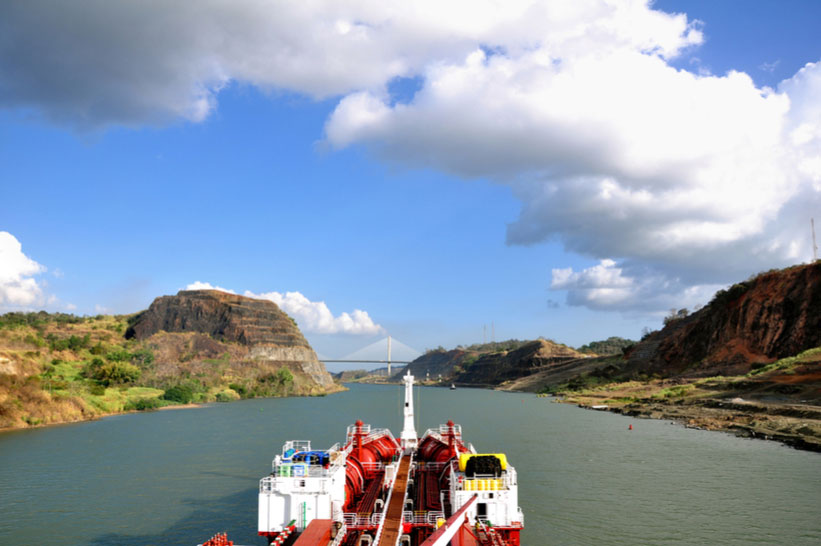Panama – from the clear turquoise seas of the Caribbean coast to the mighty Pacific swells, complete with coffee farms, cloud forests, rainbow coral reefs, towering skyscrapers, and seemingly unexplored indigenous regions – is home to one of the great achievements of the 20th Century, the Panama Canal. It has become the stuff of legend, as well as a line item on nearly everyone’s bucket list. Let’s explore the facts about the world-famous canal.
History of the Panama Canal
Way back in 1513, Vasco Nunez de Balboa of Spain, was the first European explorer to discover a slim land bridge, the Istmo de Darién (Isthmus of Panama), separating the Atlantic from the Pacific. After a massive search for a waterway linking the two oceans failed, King Charles I of Spain ordered a survey in hopes of building one. His surveyors declared it impossible and though over the 300 years nations considered it – it was not attempted until the late 19th century.
In 1881, Ferdinand de Lesseps, developer of the Suez Canal, and his company, began a canal across Panama. Though France spent more than $260 million, excavated more than 70 million cubic yards, the project was doomed, a result of inadequate planning, engineering issues, and the deaths of thousands from disease. Even when Gustave Eiffel (yes, designer of the famed Eiffel Tower) was hired to assist, the canal project collapsed.
Building the Panama Canal
While France worked on its failed attempt, the United States was exploring the possibility of building a canal in Nicaragua, believing it to be a more practical location. This changed, after Frances canal project’s failure, when an engineer on the French project urged the United States to buy France’s canal assets in Panama, while declaring it a safer location.
The U.S. purchased the assets, Panama declared its independence from Columbia, the Panamanian provisional government gave America the rights and control to the 500-square mile canal zone in perpetuity, and in 1904, the United States began the building of the canal across the Isthmus.
Interesting Facts about the Panama Canal Project
- The canal cost $375 million dollars to build, including $40 million for the French assets (most in desperate need of repair) and a $10 million payment to Panama.
- The first chief engineer, John Wallace, was so plagued by problems, including yellow fever and malaria outbreaks, he resigned within the first year of the project.
- John Stevens, Wallace’s successor, took over, convincing President Roosevelt a redesign from sea-level to lock canal was required. With his innovations, and the help of chief sanitary officer Dr. William Gorgas whose team worked to eliminate the mosquitos that carried the deadly diseases killing the workforce, the project continued forward. (The death toll was more than 25,600 between the French project and the American project, a result of disease and accidents).
- Stevens, too, resigned, and his successor, Lt. Col. George Washington Goethals, saw to the excavation of the mountains, the building of the dams and the locks, overseeing the completion of the canal.
- The grand celebration planned for the opening of the Panama Canal on August 15, 1914 was overshadowed by the outbreak of World War I.
- Nearly 56,000 workers employed on the project, poured 3.4 million cubic meters of concrete and excavated 240 million cubic yards of rock and soil.
- The Panama Canal connects 160 countries with 1,700 ports, via the 14,000 ships that pass though it annually.
- Ships pay tolls, based on size and cargo, for the 8 to 10 hour crossing, with $1.8 billion plus collected annually.
- The Panama Canal Authority assumed control of its oversight in 1999, following a 1977 treaty transferring control of the canal.
- The one millionth vessel passed through the canal in 2010.
Hailed as one of the seven wonders of the modern world, isn’t it time you made plans for your transit with a visit Panama?








